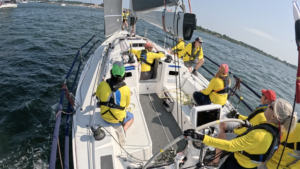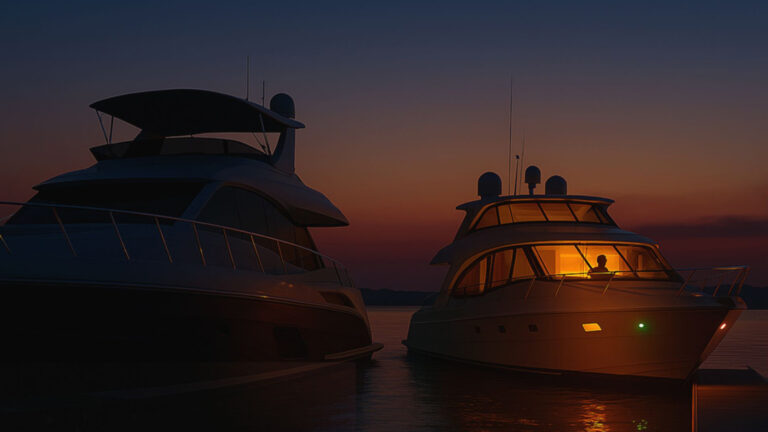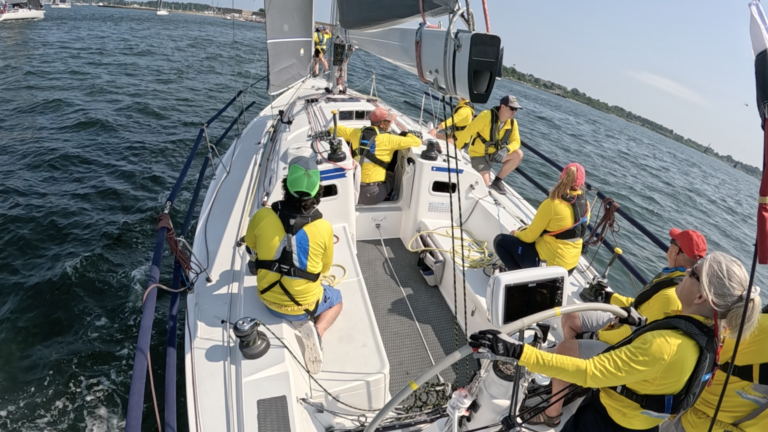For National Safe Boating Week (May 17-23) we’re revisiting some of the best safety stories, recommendations, and gear from our sister publications. Today, from Passagemaker magazine, what to do when fog hits, including the equipment you should have and how to use it.
By Bob Arrington
When my wife, Dori, and I decided to cruise south in the winter and north in the summer, we didn’t consider the increased number of days we would be boating in fog.
Our summer months are now spent aboard our trawler, Liberdade, in New England, so we have learned to live with, and possibly even enjoy, a cool, foggy morning. We also can acknowledge that knowing we would be boating more in fog wouldn’t have caused us to change our plans, because in many ways, it has made us better boaters.
Handling a boat in fog presents a distinct set of challenges, even for the most seasoned mariners. Regardless of how experienced you are, fog is the one element of weather that is too often underestimated. Fog is insidious in how it impairs your senses and perception. The most immediate impact of fog is the drastic reduction in visibility, which can range from a slight blur of the horizon to a complete whiteout. In such conditions, familiar landmarks disappear, and you can quickly lose your bearings. The dangers are not always apparent until it’s too late.
Before we get into the techniques for safely navigating in fog, let’s first understand the different types of fog you can encounter and how to estimate when that fog will dissipate. Knowing what type of fog is present will also help you determine whether it’s safe to head out into it.
To read the rest of the story on the Passagemaker website, click here.










